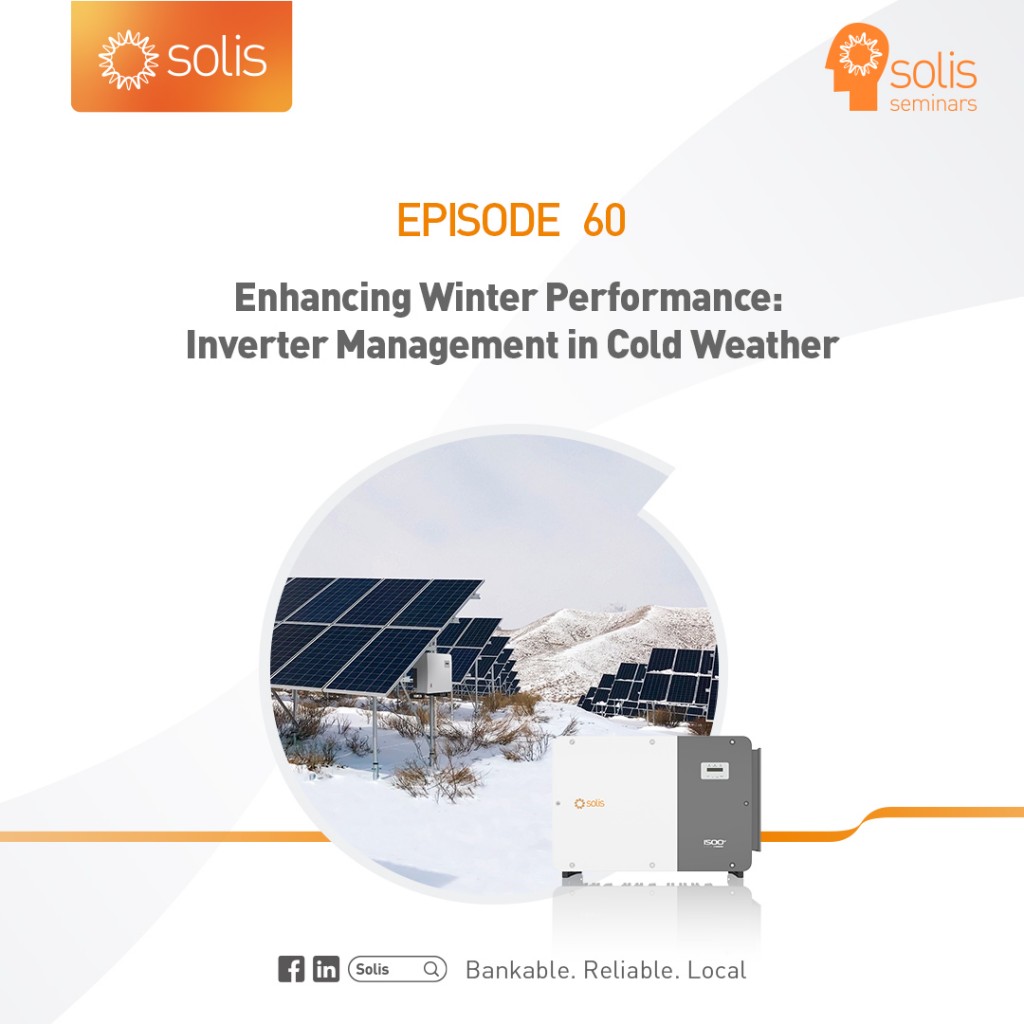Solis Seminar, Episode 46: Ensuring DC Polarity is Correctly Connected
14:04 | 13/09/2022
Hazards of Reversed DC Polarity
If the PV string polarity is reversed, it may cause equipment damage, energy generation reduction or even fire, so special attention should be paid. Lets look at some examples.
1. In the same channel MPPT, the polarity of a PV string is reversed
 |
As shown in the figure above, for two strings in the same MPPT, one string has the correct polarity, and the other is reversed. This will cause the two strings to be short-circuited directly. In this scenario , the inverter will show that the input voltage of the MPPT is 0V and this condition will not damage the inverter, but the short circuit will damage the PV modules.
In the same channel MPPT, the polarities of the two PV strings are reversed
 |
As shown in the figure above, the polarities of the 2PV strings in the same MPPT are reversed. After the DC switch of the inverter is closed, each string forms a short circuit with the IGBT anti-parallel diode of the booster circuit through the DC switch and is turned off. The DC switch will be damaged by arcing, and the MPPT of this circuit will not work correctly.
Note: In both these instances, the PV string is directly short-circuited. The PV string cannot be turned off by switching off the DC switch, and the DC terminal cannot be directly inserted or pulled out, which will cause arcing and cause electric shock hazard. The operation should only be performed after the PV string voltage reduces. It is recommended to take measures to cover the PV string with cloth or wait for the solar irradiance to decrease (for example at night or after sunset), and when the PV string current drops below 0.5A, turn off the DC switch and remove the PV string connector to correct the polarity.
How to prevent DC polarity reversal
1. Do not use one color cable for the positive and negative string. It is recommended to distinguish between the two using different colors. Red is the positive cable, and black is the negative cable.
2. Repeated checking during installation. As shown below, the photovoltaic cable connectors needs to feature two core points:
①The connectors on both sides of the same cable must be different;
②Taking the inverter side as a reference, the “+”connector of the red cable corresponds to the “+”connector of the inverter’s DC interface, and the “-”connector of the black cable corresponds to the “-”connector of the inverter’s DC interface;
 |
3. It is recommended to use a multimeter to measure the connector polarity of the PV string before plugging.
 |
Summary
With the rapid increase in installed photovoltaic capacity and the increase in the amount of on-site construction, it is essential to maintain the quality of construction to avoid problems in the later stages of the photovoltaic system. Reverse polarity of the string is one of the most likely problems in the construction process, and it can have serious consequences, such as damage to the inverter and other components. Therefore, special attention should be paid to this during installation.
For further information and support you can visit www.solisinverters.comor contact your local Solis technical support team.




![Solis Seminar [Episode 56]: Online O&M dispersion analysis](https://vietnamenergy.vn/stores/news_dataimages/Lemy/092023/07/11/0940_Solis_1.jpg?rt=20230907111046?230907111707)